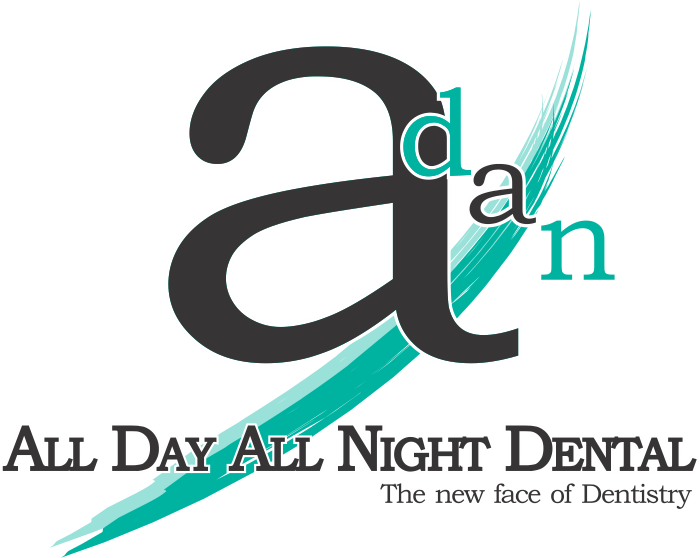Orthodontics for Adults
Today, orthodontic treatment is a viable option for almost any adult. It is well recognized that when left untreated, many orthodontic problems may become worse. When you have a malocclusion (“bad bite”), your teeth may be crowded, excessively spaced or may not fit together correctly. Such conditions may lead to dental health problems. Crowded teeth are hard to clean and, given time, may contribute to tooth decay, gum disease and even tooth loss. Bad bites can also result in abnormal wearing of tooth surfaces (see photo below), difficulty chewing and damage to supporting bone and gum tissue. Poorly aligned teeth can contribute to pain in the jaw joints.
You’ll be pleased to learn that orthodontic treatment will fit in with your current lifestyle – you can sing, play a musical instrument, dine out, kiss, and even have your picture taken. One in five orthodontic patients is an adult.

What Is An Orthodontist?
The rate of toothlessness has declined over recent decades. Our great-grandparents, for the most part, lost their teeth around age 40. Today’s 25-year-old has the potential of another 75 years of keeping and using their teeth. This is a major change in dental health care (and life expectancy). Teeth that do not fit well often wear down more quickly—another reason to make sure that your teeth are in good alignment and well maintained in your adult years.
Can orthodontic treatment do for me what it does for children?
Yes. Healthy teeth can be moved at any age. Many orthodontic problems can be corrected as easily for adults as for children. Orthodontic forces move the teeth in the same way for both adults and children, but adult treatment may take longer due to the maturity of the bone. Complicating factors, such as lack of jaw growth, may create different treatment planning needs for the adult. This is why a consultation with an orthodontist, the dental specialist who aligns teeth and jaws of patients of all ages, is essential.
How does adult treatment differ from that of children and adolescents?
Adults are not growing and may have experienced some breakdown or loss of their teeth and the bone that supports the teeth. Orthodontic treatment may then be only a part of the patient’s overall treatment plan. Close coordination may be required among the orthodontist, oral surgeon, periodontist, endodontist and family dentist to assure that the treatment plan is managed well. Below are the most common characteristics that can cause adult treatment to differ from that of children.
My family dentist said I need to have some missing teeth replaced, but I need orthodontic treatment first – why?
Your dentist is probably recommending orthodontics so that he or she might treat you in the best manner possible to bring you to optimal dental health. Many complicated tooth restorations, such as crowns, bridges and implants, can be best accomplished when the remaining teeth are properly aligned and the bite is correct.
When permanent teeth are lost, it is common for the remaining teeth to drift, tip or shift. This movement can create a poor bite and uneven spacing that cannot be restored properly unless the missing teeth are replaced. Tipped teeth usually need to be straightened so they can withstand normal biting pressures in the future.
My teeth have been crooked for many years – why should I have orthodontic treatment now?
It’s never too late! Orthodontic treatment, when indicated, is a positive step—especially for adults who have endured a long-standing problem. Orthodontic treatment can restore good function. And teeth that work better usually look better, too. A healthy, beautiful smile can improve self-esteem, no matter the age.
Is orthodontic treatment affordable?
Patients are finding that braces are more affordable today than ever. The cost of orthodontic treatment will depend on many factors, including the severity of the problem, its complexity and the length of treatment. Your orthodontist will be glad to discuss the cost with you before treatment begins. Most orthodontists have a variety of convenient payment plans. Often there are combined plans available for parents and children who have treatment at the same time. In addition, many dental insurance plans now include orthodontic benefits. Dollar for dollar, when you consider the lifetime benefits of orthodontics it is truly a great value.
I am pregnant and want to begin orthodontic treatment. Is this OK?
Pregnancy brings on bodily changes that can affect the mouth. Soft tissues such as gums become much more susceptible to infection. The possible need for x-rays during the pregnancy is not advised. Discuss this question with your medical practitioner/physician and orthodontist before you start orthodontic treatment.
My orthodontist wants to do something called enamel stripping to make my teeth smaller. I have never heard of this. Is this something new? Is it safe?
This procedure goes by many names: enamel stripping; interproximal reduction; slenderizing; reproximation and selective reduction. The goal is to remove some of the outer tooth surface (enamel) to acquire more space for your teeth. The procedure has been used in orthodontic treatment since the 1940s and has been shown to be safe and effective. Some studies among patients who have had this procedure show that it neither makes teeth more susceptible to tooth decay nor does it predispose patients to gum disease.
I have painful jaw muscles and jaw joints – can an orthodontist help?
One of the problems commonly associated with jaw muscle and jaw joint discomfort is bruxing, that is, habitual grinding or clenching of the teeth, particularly at night. Bruxism is a muscle habit pattern that can cause severe wearing of the teeth, and overloading and trauma to the jaw joint structures. Chronically or acutely sore and painful jaw muscles may accompany the bruxing habit. An orthodontist can help diagnose this problem. Your family dentist or orthodontist may place a bite splint or nightguard appliance that can protect the teeth and help jaw muscles relax, substantially reducing the original pain symptoms. Sometimes structural damage can require joint surgery and/or restoration of damaged teeth. Referral to a TMJ specialist may be suggested for some of these problems.
Why Choose Us?
Only your dentist or orthodontist can determine whether you can benefit from orthodontics. Based on diagnostic tools that include a full medical and dental health history, a clinical exam, plaster models of your teeth, and special X-rays and photographs, an orthodontist or dentist can decide whether orthodontics are recommended, and develop a treatment plan that’s right for you.
The benefits of orthodontic treatment include a healthier mouth, a more pleasing appearance, and teeth that are more likely to last a lifetime.
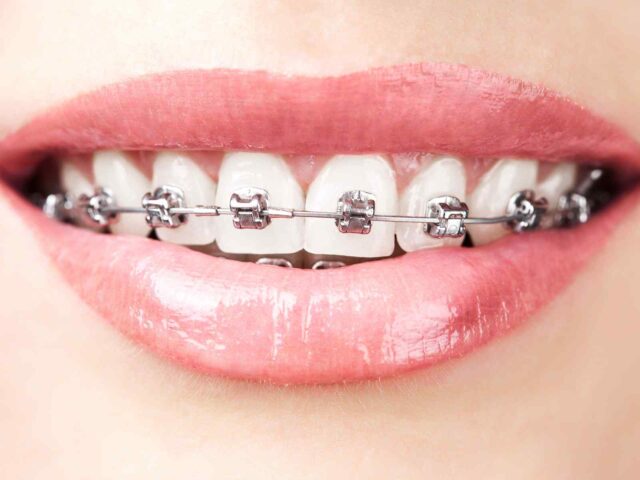
Home whitening gel usually needs to be applied daily for two to three weeks. Over-the-counter kits also are widely available for home use. They provide trays to hold the gel, or whitening strips that stick to your teeth. Talk to your dentist if you want to use these home products. Be sure to follow directions to avoid overuse and possible damage to your teeth and mouth.
All Day All Night Dental Services
Get In Touch With Us
Mascot: (02) 9317 2222
Book An Appointment
Book a visit to All Day All Night Dental, simply fill out the form below and we will contact you back regarding the dental services you require.
More ADAN Dental Services
All Day All Night Dental is The New Face of Dentistry both Today and tomorrow, priding itself on being easily accessible, always helpful, caring and genuine. Our Focus is on quality and thoroughness in both Preventative and Restorative Dentistry.

General Dentistry
Going to the dentist regularly helps in several ways. For a start, you get to know the dentist, the staff and the routine. But, most importantly, you catch problems early when they are simple and easy to treat.
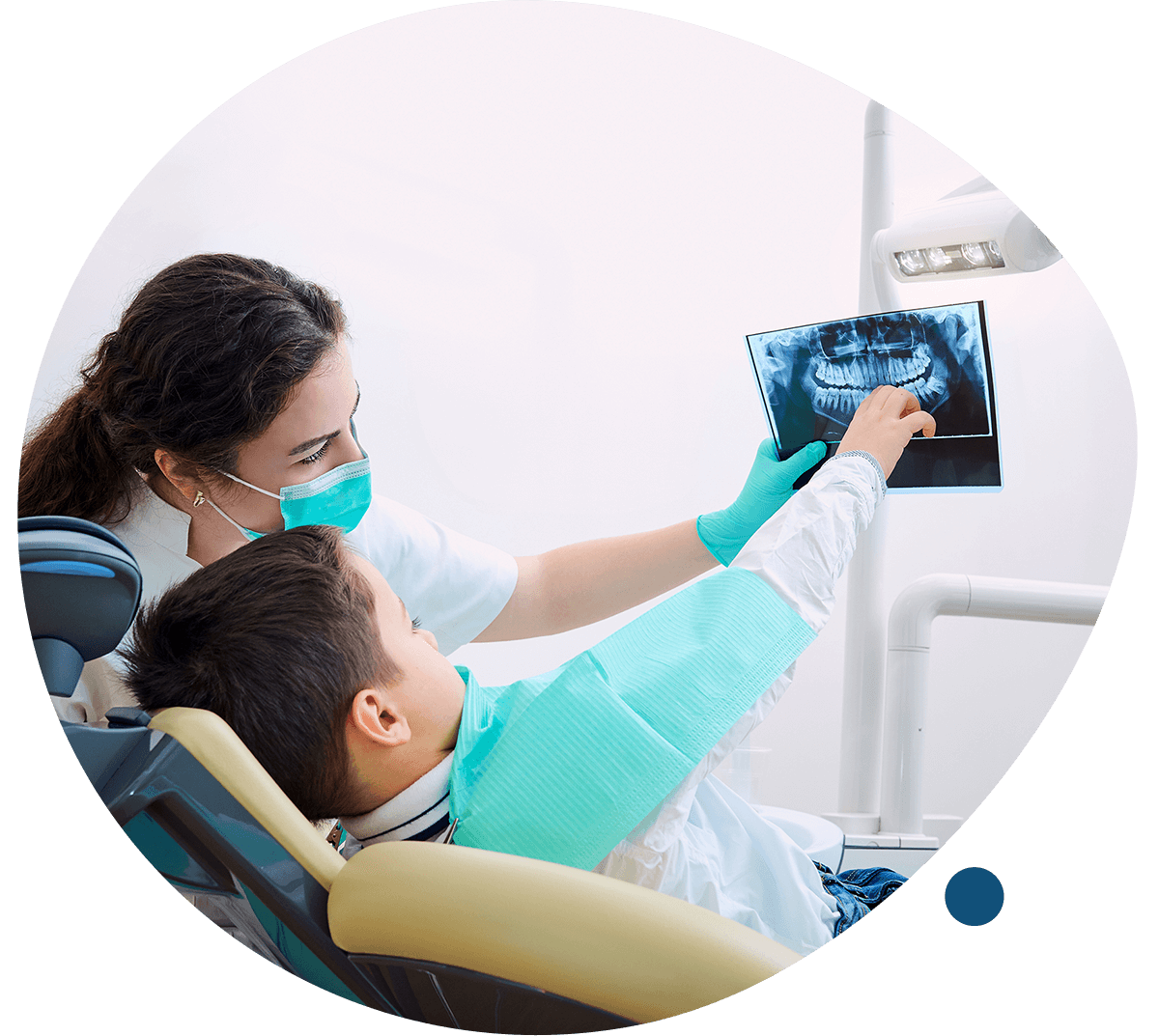
Emergency Dentistry
Today, dentists have many options for dealing with dental emergencies. Now you can benefit from advances in pain management and techniques to restore teeth. Teeth can be repaired with synthetic materials that are strong and look as good as your natural teeth.
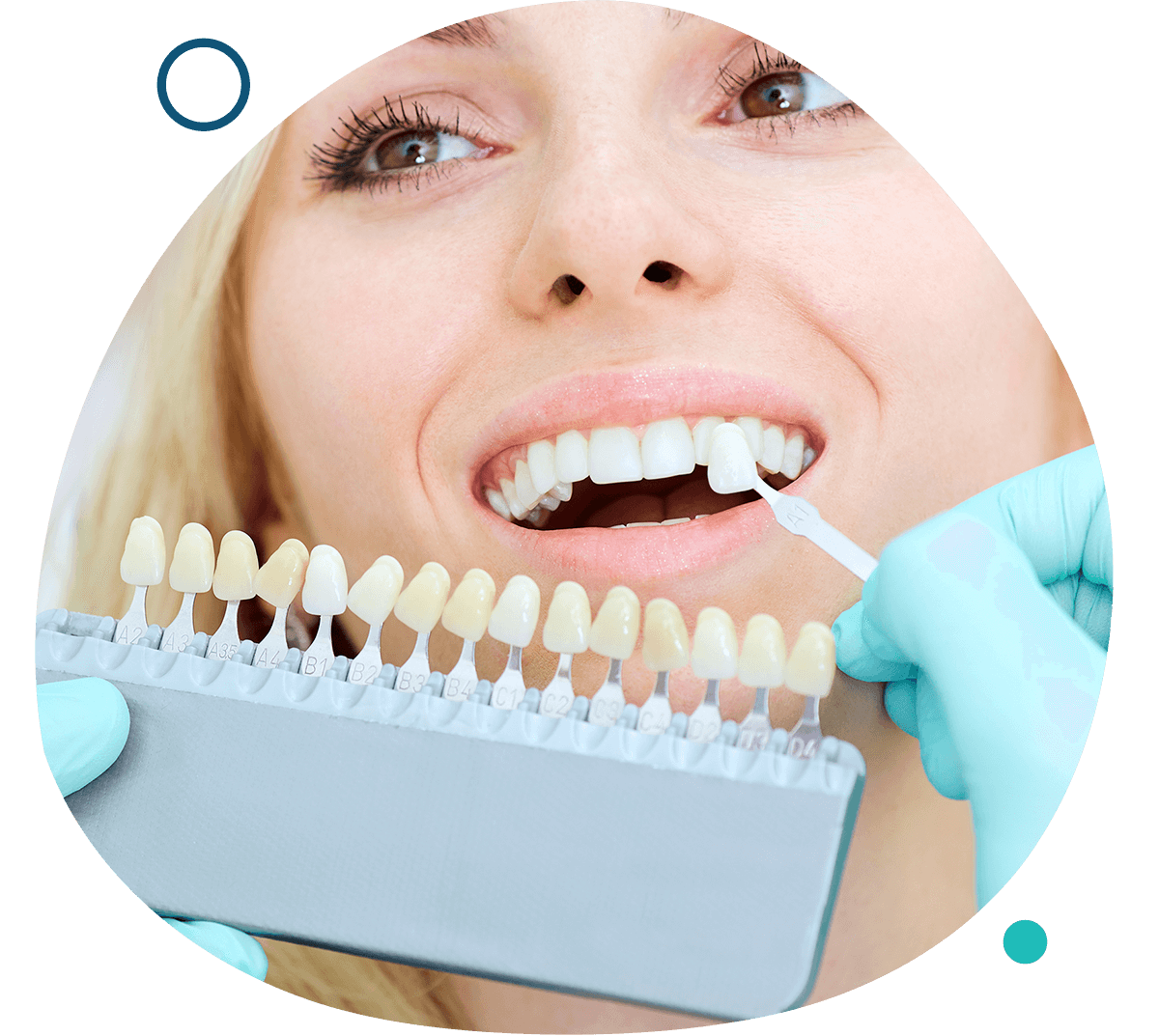
Cosmetic Dentistry
A smile can be the most eye-catching feature of a face. With dentistry’s many advances, you no longer have to settle for stained, chipped, or misshapen teeth. You now have choices that can help you smile with confidence.
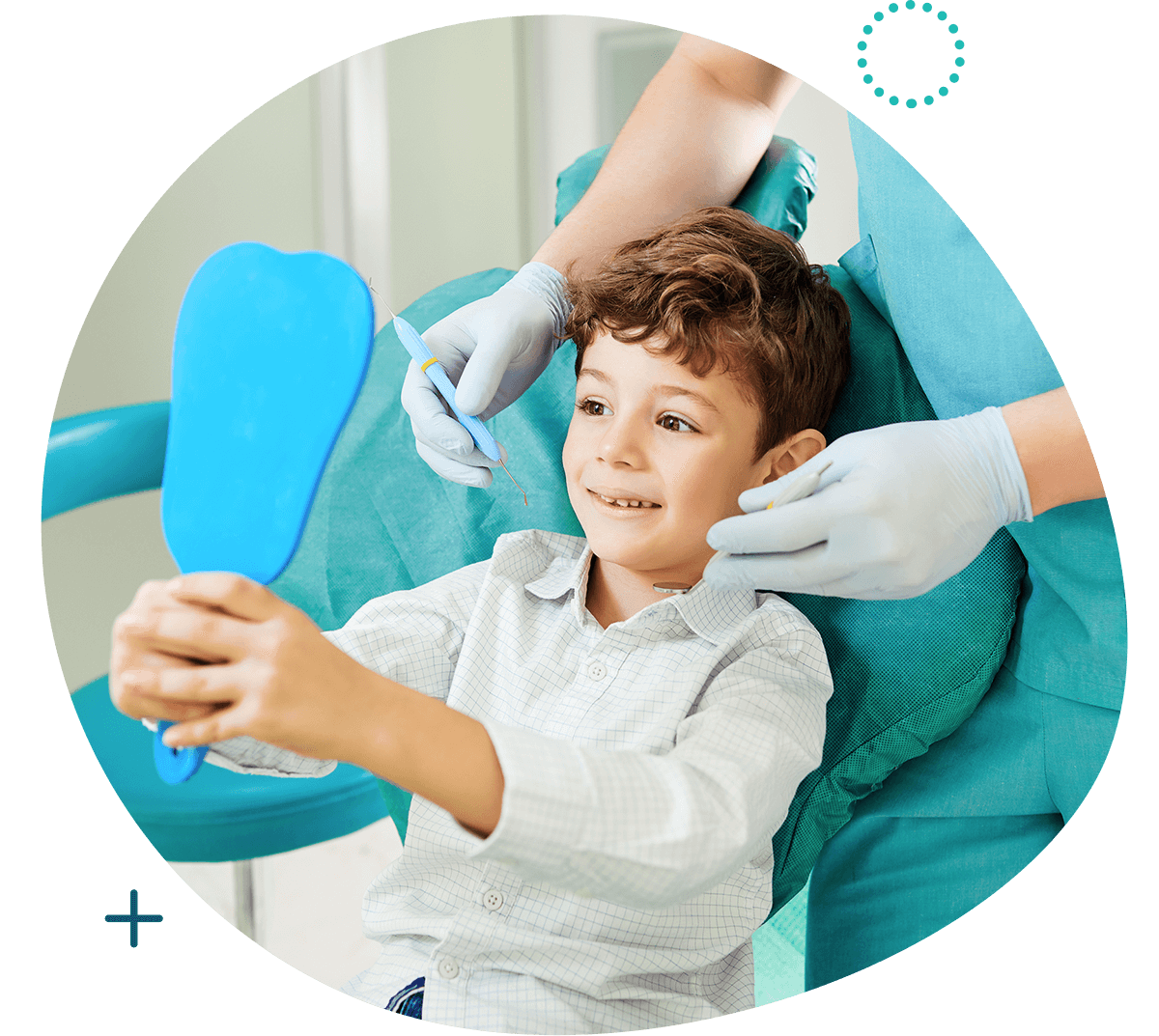
Pediatric Dentistry
Children should visit a dentist for the first time within 6 months of the eruption of the first primary tooth, and no later than age 12 months. The goals of the visit are to assess risk for tooth decay and provide anticipatory guidance.
